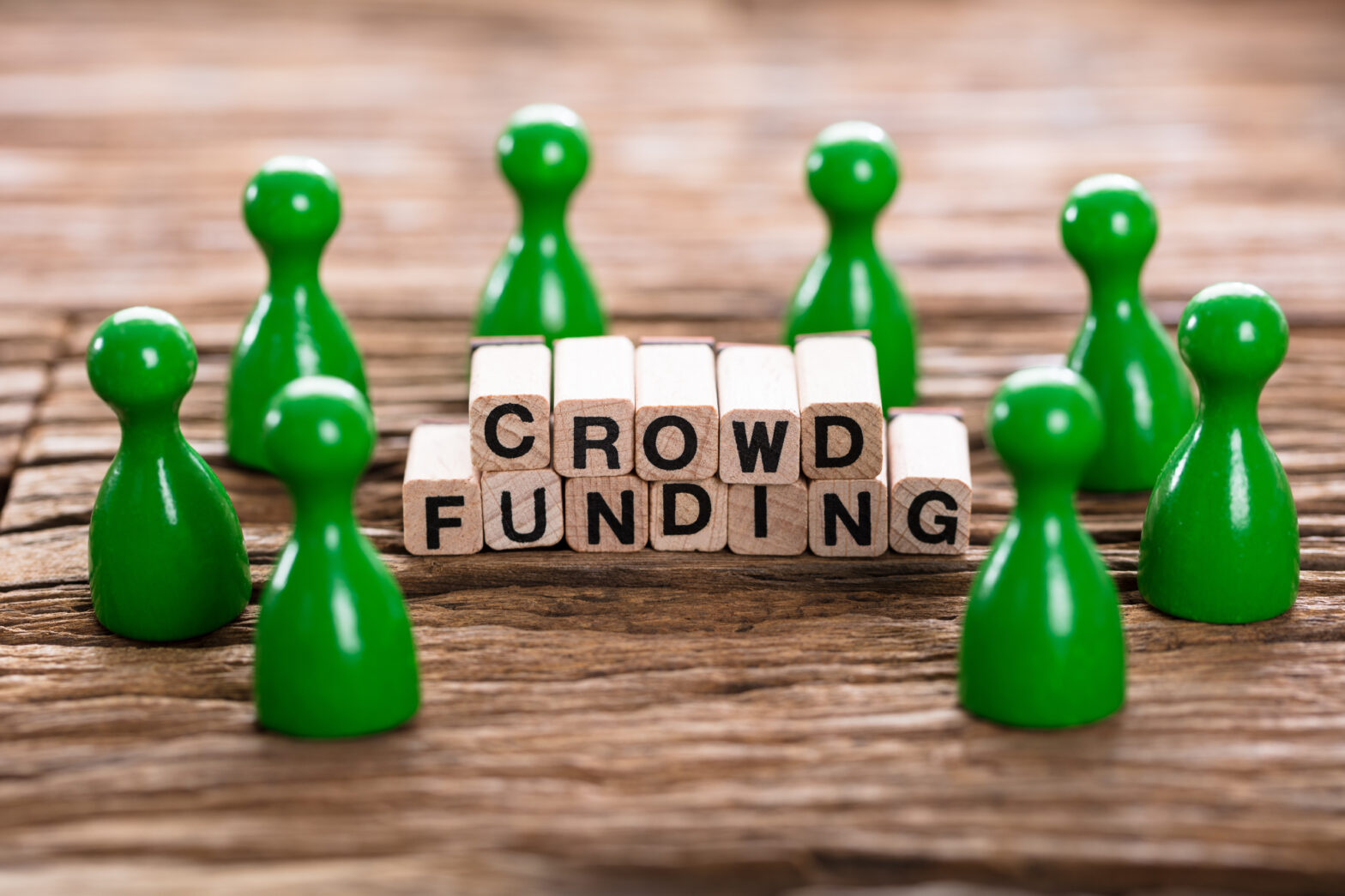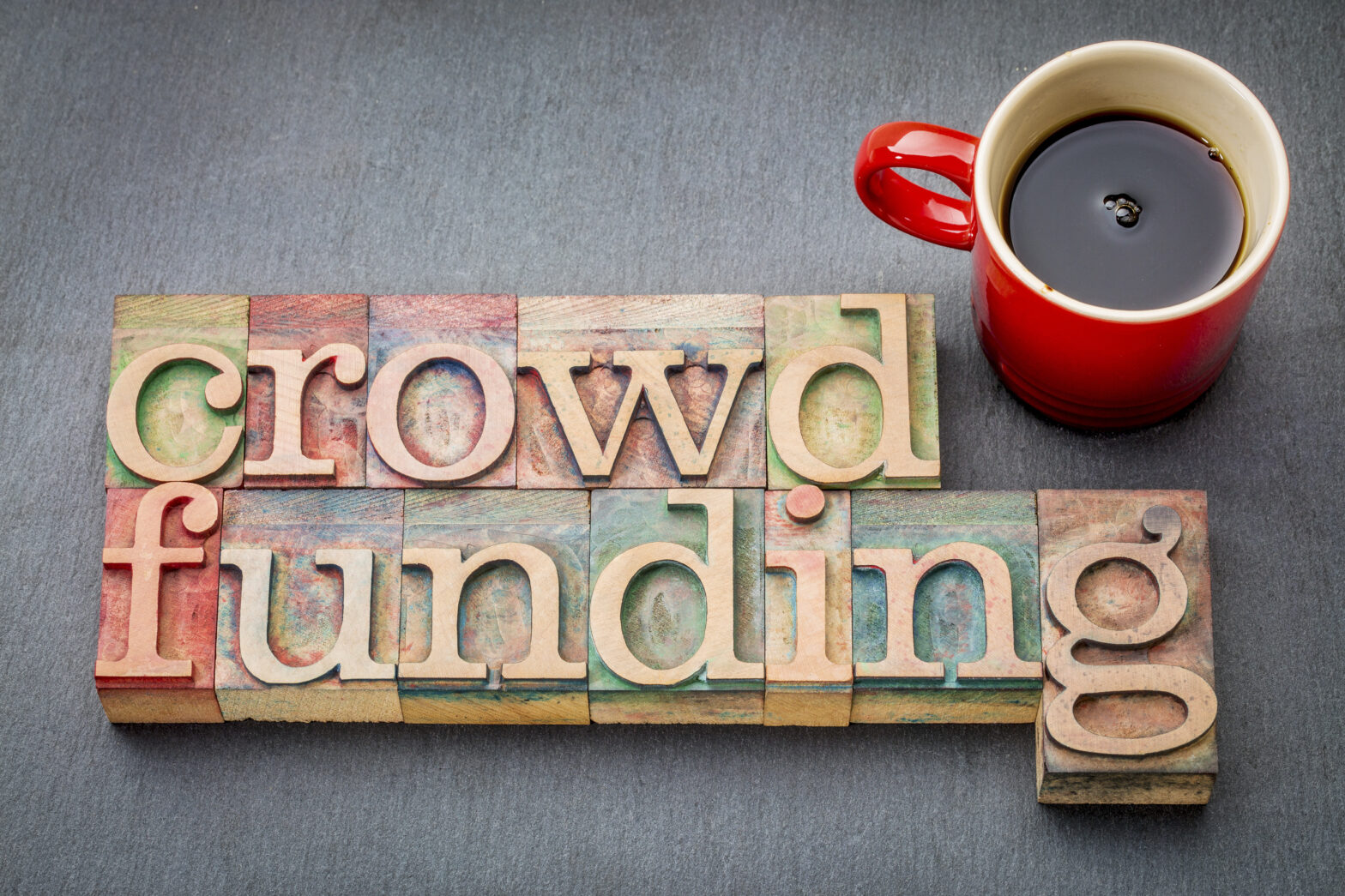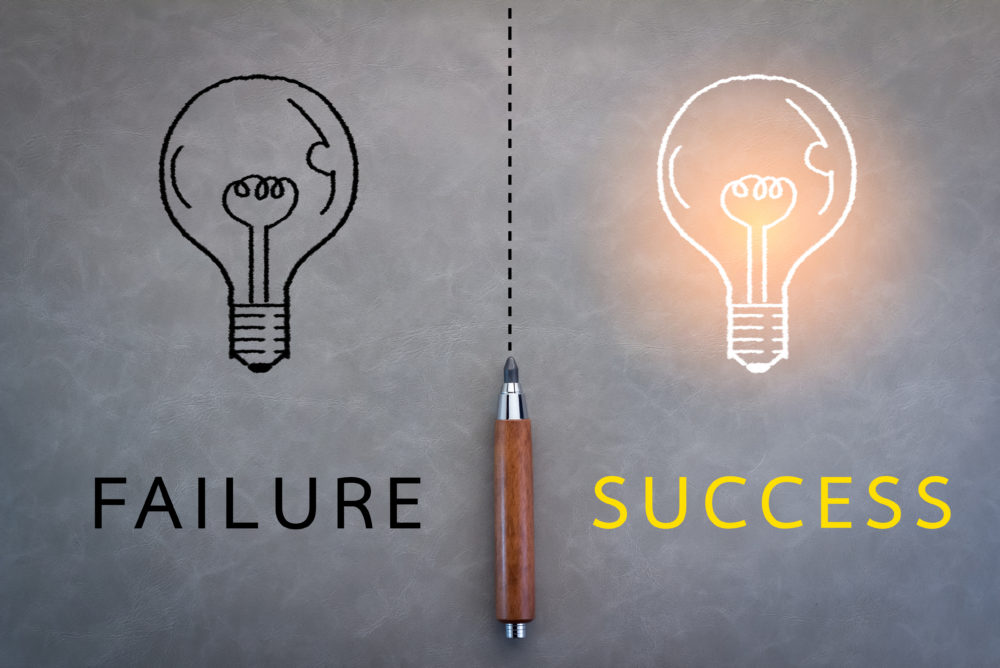Indiegogo empowers people from around the world to raise funds for any idea by turning to the ‘crowd’ instead of banks or venture capitalists. At its core, Indiegogo is an open platform dedicated to democratising the way people raise funds for any project – creative, entrepreneurial or cause-related.
As the largest global crowdfunding platform, campaigns have launched from almost every country around the world with millions of dollars being distributed every week thanks to the contributions made by the generous Indiegogo community.
This campaign guide is the product of hundreds of conversations with Indiegogo campaigners and the combined know-how of the Indiegogo team.
Before launching your campaign
Planning your pitch
Indiegogo gives you many different opportunities to share what your campaign is all about with the world so be sure to make each of them personal. Tell a compelling story of why you are passionate about your project. Present the idea in a way that makes it something others would want to support. Put yourself in the shoes of your target audience.
Setting your goal
Make sure you understand the difference between Fixed Funding and Flexible Funding — you won’t be able to change it after your campaign launches.
- Flexible Funding: You keep your contributions whether or not you hit your goal.
- Fixed Funding: You keep your contributions only if you hit your goal.
Research your expenses and make sure you understand how much it will cost to fund your project. If you are offering perks, make sure to take their cost into account (including shipping).
Make sure your goal is realistic. You should be able to raise 30 per cent from within your own network (friends, family, etc). Strangers will want to see some traction to get excited about your campaign, which this initial group provides.
Setting a lower, more realistic funding goal often means you’ll raise more money in the end than if your goal is lofty. People want to be a part of successful campaigns; generally they don’t stop funding once a goal is reached. For larger projects, consider running multiple campaigns with smaller funding goals for each stage of the project.
Deciding your campaign length
The longer the campaign, the harder it is to build a sense of urgency and maintain funding momentum. 40-day campaigns are most successful. Make sure to leave two weeks between the end of your campaign and the date you need your funds.
Creating your perks
Is there something directly associated to your campaign that you can offer? Do you know local businesses or entrepreneurs who might want to offer campaign perks (ie cross-marketing)? Think of perks that you can add throughout your campaign to re-energise your community.
Also, don’t forget the following tips when pulling your perks together:
- When building/creating a perk, make sure you understand the steps necessary and know exactly how much money you’ll need for creation and distribution.
- When reaching out to any vendor to get a quote, don’t forget shipping costs.
- Allow ample time to fulfil your perks — it will take longer than you think.
- Make sure your perks don’t violate the Terms of Use.
Putting together your team
Campaigns run by two or more people typically generate 94 per cent more funds than those run by an individual. Find people who can help you with your campaign, especially those who may specialise in certain areas like social media, etc. Make sure your Indiegogo profiles are updated with photos and contact info.
Finding sponsors/partners
A great way to find early funding for your campaign and/or build social media momentum is to partner with like-minded individuals and organisations willing to spread the word about your project.
If you’re raising funds on behalf of another organisation or individual, sync up with them so that both parties know how and when you will disburse money to them. Add the organisation or individual to your campaign’s team to verify your legitimacy.
Planning and building buzz
Build buzz
Let friends and family know about your campaign before it goes live. Plan a ‘soft launch’ event. Encourage your close friends and family, who you know you can rely on for funding, to contribute as soon as you go live to gain instant momentum.
Leverage social media
- Create a Twitter Account.
- Sign up for HootSuite to broadcast and schedule updates across all your social platforms.
- Create a campaign-specific Facebook page, Twitter handle, and any other relevant social profile — if you don’t already have a significant pre-existing following.
- Create a blog and follow other bloggers.
Use your sponsors/partners
If you have sponsors or partners, make sure they tap into their networks to build anticipation and announce your campaign’s launch.
Plan your marketing
- Draft a press release and create a media plan.
- Compile a list of blogs and influencers with audiences that might be interested in your story.
- Email these contacts your press release after you’ve received some contributions from your friends and family to get you started.
Form a launch committee
Just before you launch:
- Invite 5-10 friends over to review the draft mode of your campaign page.
- Have them give feedback on what they like and what they would change. This engagement will encourage your friends and family to take more ownership in your project and share your campaign with their networks.
Launching your campaign
Setting up and testing your disbursement info
If you want to receive campaign contributions via PayPal, make sure your account is set up correctly. Test that it’s working perfectly by making a $1 contribution (or more) to your campaign before asking others to contribute.
If you accept contributions via credit card, you will be prompted for your bank information via email as soon as the first contribution is received. Double check your information to make sure it’s accurate.
Fundraising benchmarks
Aim to raise at least one contribution on day one as 85 per cent of campaigns that reach their goal receive their first contribution within one day of going live.
Aim to raise a third of your goal within the first quarter of your campaign. Successful campaigns generally raise 30 per cent of their goal in under two weeks. Funding also tends to slow in the middle of a campaign, so it’s a good idea to add new perks to keep up momentum throughout.
Listen
Be ready to incorporate feedback and make changes based on the advice of your close friends and family as well as your early contributors.
The more you engage your audience, the more likely they are to spread the word about your campaign. This collaborative dynamic is one of the great benefits of using Indiegogo to fund your campaign.
The gogofactor
The gogofactor is a merit-based, data-driven method Indiegogo uses to rank campaigns. This algorithm determines which campaigns are promoted on the homepage, in the weekly newsletter, in the blog, and on our social media networks.
Your gogofactor combines a variety of online data including: your campaign activity, the completeness of your pitch, and your media presence.
Indiegogo doesn’t curate campaigns or offer paid promotion. The visibility of your campaign is controlled entirely by you and your community. The gogofactor evolves over time and depends on a variety of activities, so it’s important to keep your campaign active.
Spreading the word
Inner network
Get people excited about your campaign and have them commit to spreading the word through their various networks, both on and offline. Consider throwing a launch party to get your friends and family excited about your idea. Have a laptop around for people to contribute.
Email is a great way to directly reach out to people in your network. Make sure you explain the project succinctly, ask personally for their contribution, include a link to your campaign, and invite them to spread the word. Avoid spamming your email network. People are far more receptive to a one-on-one personal ask. Though this may take a little longer, it will likely result in more contributions. Also, be sure to include your campaign link in your email signature.
Offline
Spreading the word for your campaign doesn’t only happen online. Think of ways you can spread the word in your community, and offline. Local media outlets — print, TV, and radio — are always hungry for good local content, and your campaign is a great story.
Social media
The very definition of crowdfunding implies that engaging audiences online is crucial to gaining awareness, momentum, and funds for your campaign. Social media in its various forms is a great way to get your pre-existing network excited and also connect with potentially interested individuals and organisations you don’t yet know.
Maintaining your campaign
Add perks
Add new perks throughout your campaign. 20 per cent of repeat contributions are for perks added after the campaign went live.
Run a referral contest
Award a prize to the Indiegogo user who refers the most contributors to your campaign.
Post updates
Engage your contributors using the ‘Update’ feature on your campaign page. Updates are posted to your campaign and sent to everyone who has contributed to your campaign, so they become more effective as your community grows. Post updates once or twice per week that feature your campaign’s progress (example: 50 per cent to goal), new media, or any other compelling content your audience might be interested in. Use updates and new perks to combat the usual mid-campaign lull in contributions. Campaigns that send out at least three updates raise about 115 per cent more money than those that don’t.
Continue seeking sponsors/partners
It’s never too late to connect your campaign with like-minded individuals and organisations who can help propel its success.
Sense of urgency
When your campaign has under a week left, make sure you build a sense of urgency. Time is running out to contribute.
Thank contributors
Send personal thank you email each time you receive a contribution. Some 62 per cent of campaigns that reach their goal are funded by repeat campaign backers.
Social media
Celebrate campaign milestones on social media, and cross-promotion can also be an effective tool.
Stunts
Try a ‘stunt’ in the closing days/hours of your campaign.
After your campaign
Transparency and fulfilment
Keep your contributors well-informed about the status of their perks — people are surprisingly patient as long as they know they’ll have to wait and that you’re making progress (even if there are unexpected delays).
Maintain relationships and communication with your contributors and followers through your social channels and your website or blog.
Be ready to implement your budget wisely. A number of online services can help you efficiently fulfil perks.
To more clearly see your commitments, you can export a list of contributors and perks from your Campaign Dashboard.
Look back and move foreward
Take a moment to think about what went well and what could be improved—you can use this knowledge to make your next Indiegogo campaign even more successful.
If you need to raise additional funds, consider launching a follow-up campaign, and update your old campaign with a link to the new one.
Use the ‘Updates’ tab to update your followers on your project’s progress and perk fulfilment.
Make an announcement through your social channels about your campaign ending — especially if you have a product, film, etc. that will eventually benefit from an audience. Now is a great moment to build buzz for your finished product.
For more information, including top tips, on using Indiegogo to successfully crowdfund please click here.





